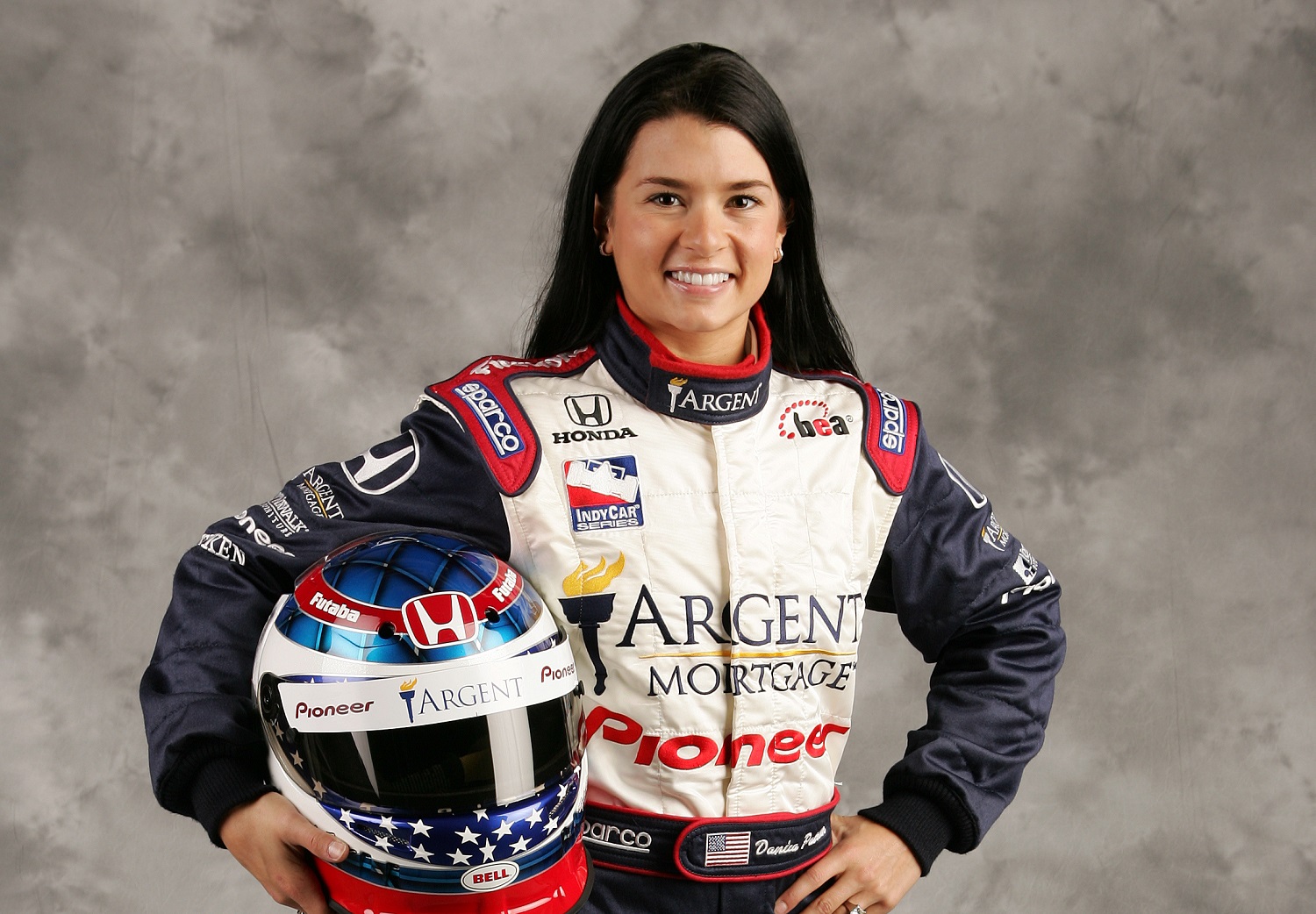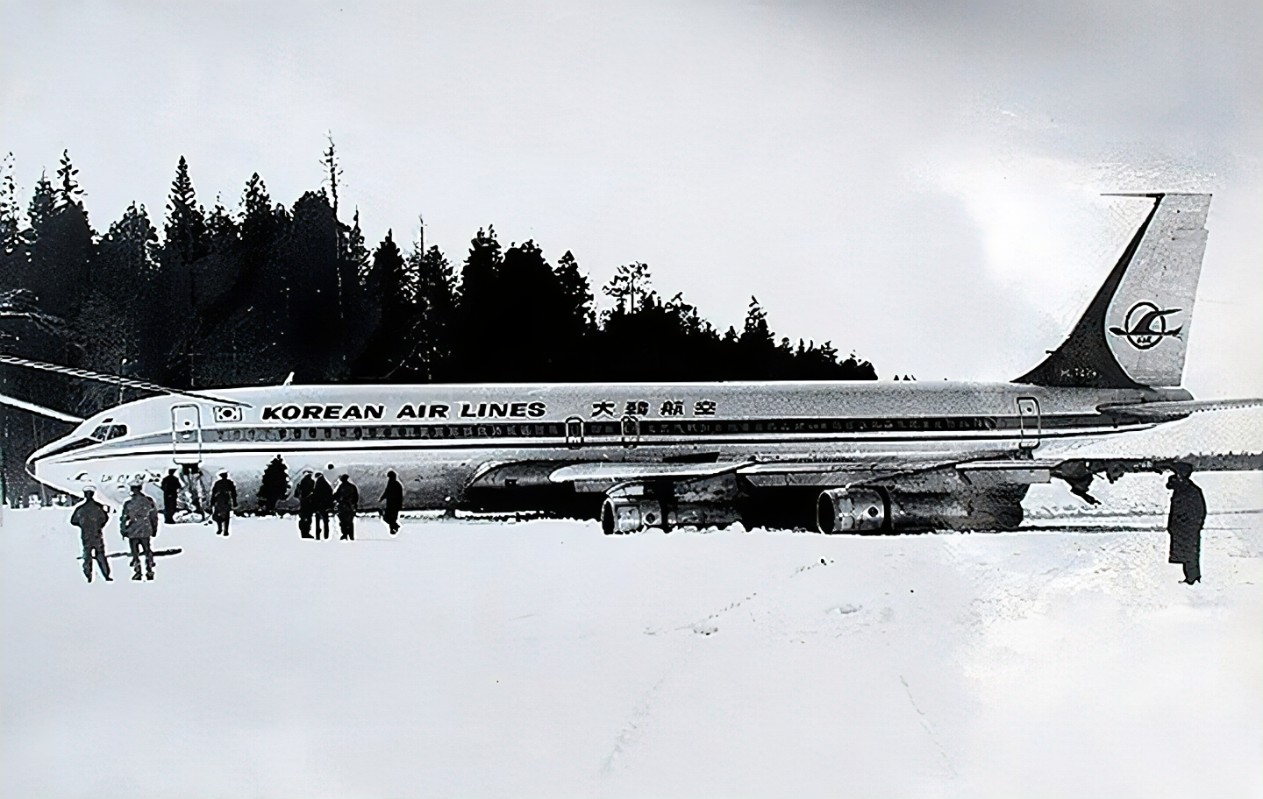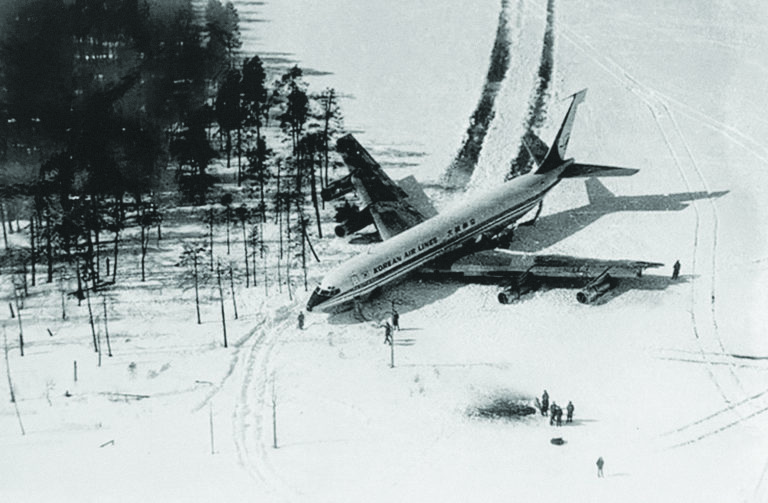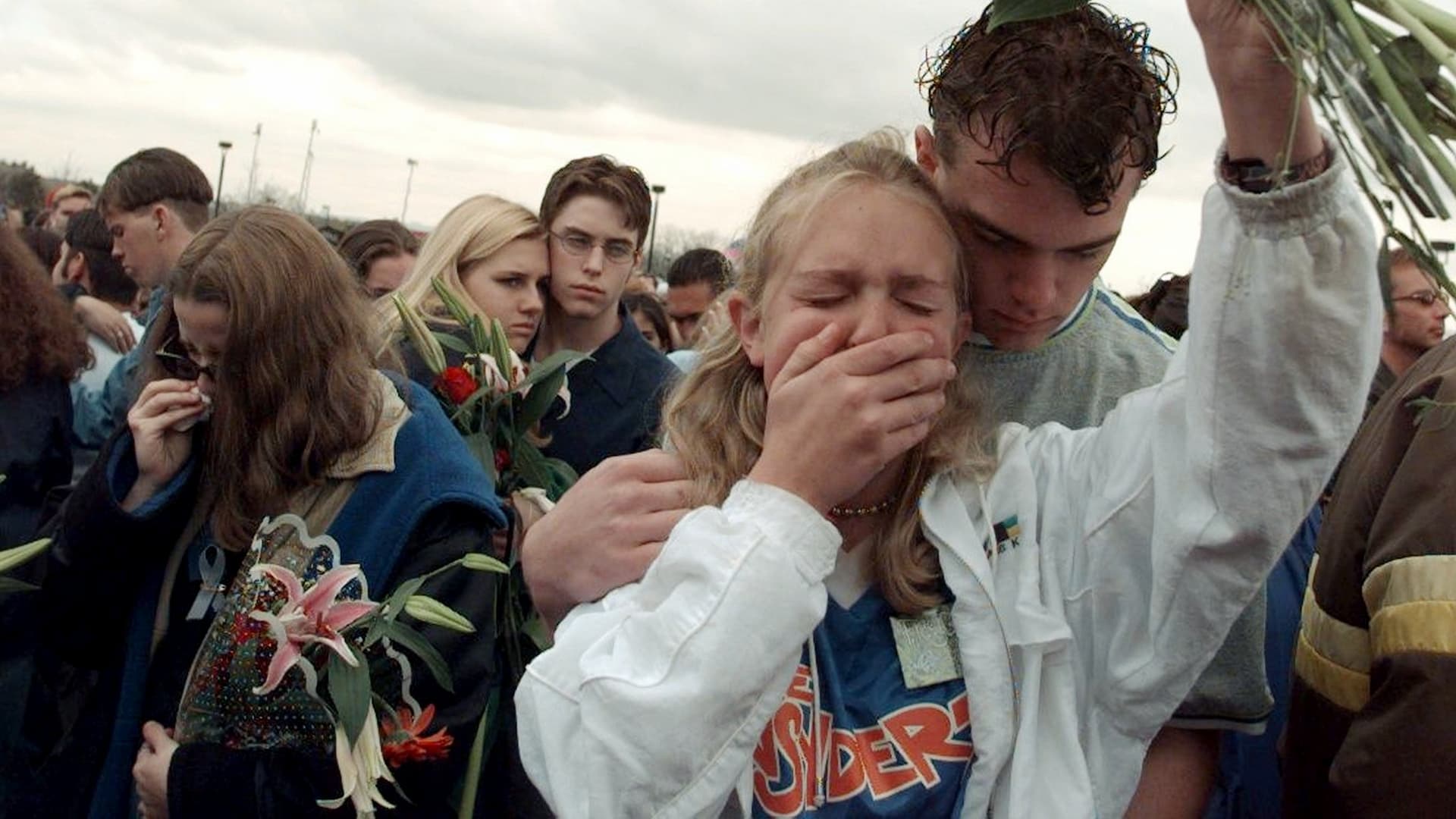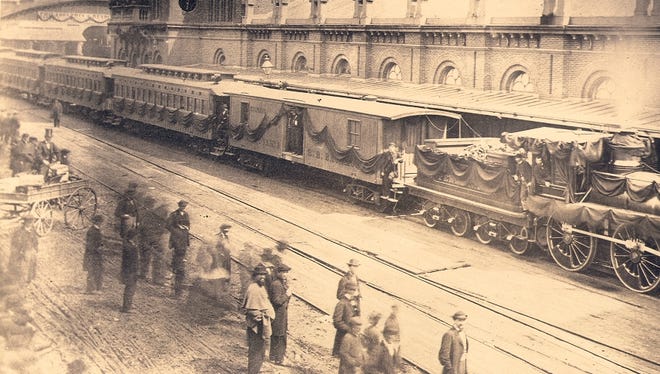
On April 21, 1865, a train carrying the coffin of assassinated
President Abraham Lincoln left Washington, D.C. on its way
to Springfield, Illinois, where he would be buried on May 4.

President Lincoln’s Funeral Train, Interior – Frank Leslie’s Illustrated Newspaper Drawing.

Millions of Americans bade farewell to the assassinated president as his body made a 1,700-mile journey home.
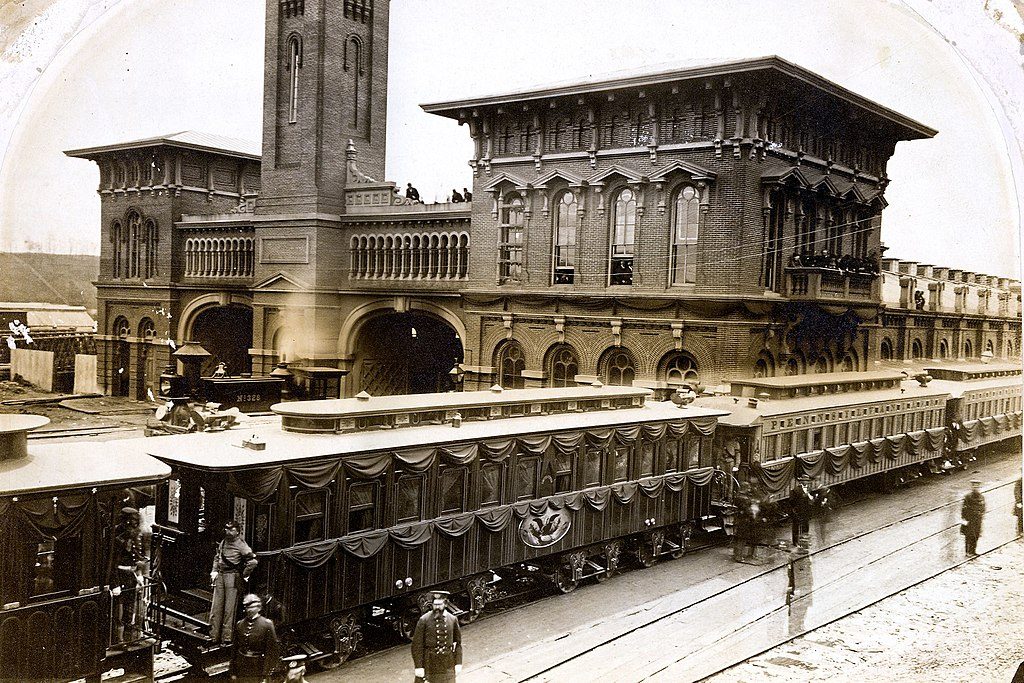


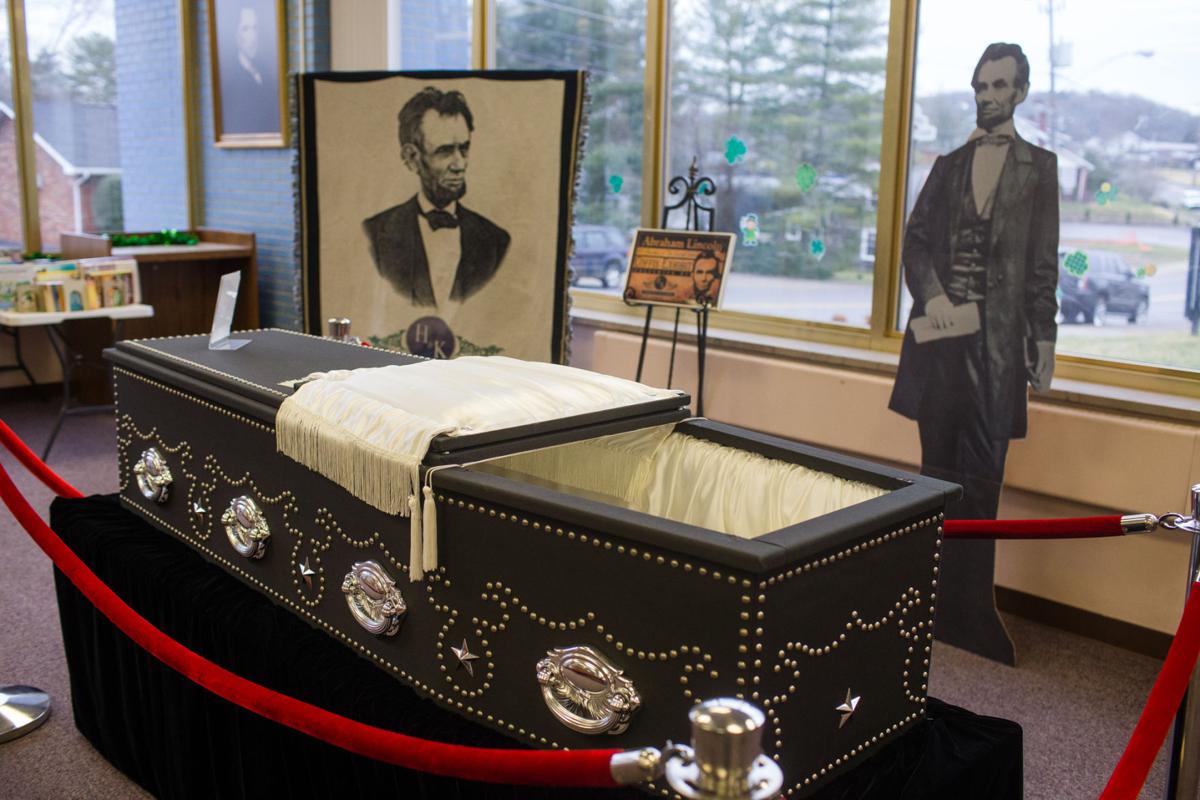
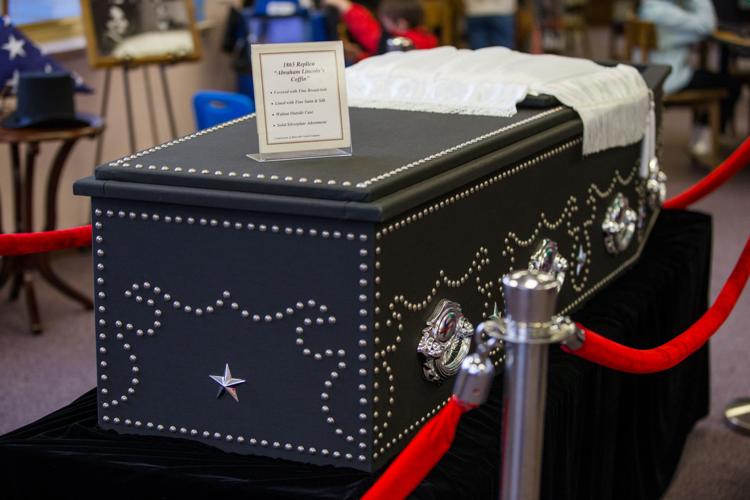
An authentic replica of the coffin President Abraham Lincoln
was buried in sits on display at the Barboursville Public
Library in 2019.



